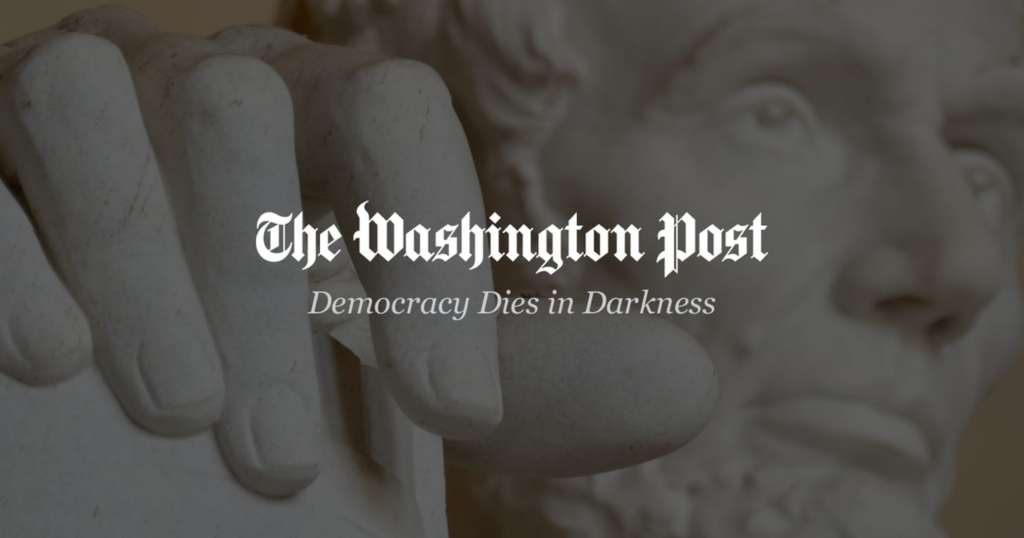He’s not alone. The tax regime rolled out in Italy in 2015 and then made more generous in 2019 is behind the return not just of Italians who’ve been based abroad throughout the euro era — or more — but the arrival of foreigners to Italy too. Goldman Sachs Group Inc. has begun moving some of its euro swaps trading desk to Milan, according to a recent Bloomberg News report. Regulatory pressures to move bankers out of London post-Brexit has been a push factor. But paying less tax in Italy has been cited as a significant pull. Likewise, Milan’s geographical position; a favorite phrase in the city is that it takes two hours to get anywhere: seaside, mountains, or art-laden cities like Florence or Venice.
On a recent stroll down Via Vincenzo Monti, a tree-lined boulevard in the ritzy east central Conciliazione zone, realtors told me the arrival of “London money” has helped to as much as double rental prices in spacious apartments in the nearby Liberty-style palazzi compared with a decade ago.
It’s part of a bigger trend that’s seen Milan, Italy’s capital of finance, fashion and business, pull away from the rest of the country. From 2014 to 2019, the local economy grew at twice the rate of Italy’s as Expo 2015 launched a building boom. That expansion has accelerated since the pandemic. Milan’s economy had recouped its Covid-related losses by the end of 2021, and grew a further 2.2% last year. It’s forecast to grow 4.8% in 2023, according to Prometeia, a think tank. By contrast, Italian gross domestic product is expected to grow just 0.4% this year, according to national statistics office Istat.
You can feel that change stepping off the train at Milano Centrale, where the buzz and energy are tangible. The contrast with exiting Roma Termini into the beautiful, but indolent and decaying Italian capital is stark. Even starker is the change to Milan itself in the 21 years since I first moved here. It’s gone from being a low-rise provincial city to an increasingly international, high-rise hub.
So far so good in a country mired in high debt and declinism.
Yet it hasn’t come without costs. The gap between rich and poor has widened, and there are more people living in extreme poverty, according to think tank SDG Watch Europe. In an irony of timing, while Goldman Sachs euro swaps team is presumably settling into a new life in Milan, the story of school janitor Giuseppina Giuliano has caught fire on social media and across the front pages of countless newspapers; apparently, the young woman travels daily from her home in Naples to Milan — an almost-10 hour round trip — because housing in the business capital is too expensive.
The influx of new money having a distorting effect on real estate prices is old news in cities from San Francisco to London. But Milan is really the only place in Italy creating significant employment, and even then it is muted and wages are lower than elsewhere in Europe. Andrea Alemanno of Ipsos recently told me: “There is now little opportunity anywhere in Italy, even for the wealthy and well-connected.” There’s a reason why Italians are among the largest groups of foreign nationals in London.
Youth unemployment in Italy today is 30%, with overall joblessness at almost 8%. Mayor Beppe Sala has admitted Milan’s intention to bring more students to its universities is increasingly hobbled by the cost of a room in the city. The social fractures can also be seen at the food bank Pane Quotidiano, where on a recent Saturday morning more than 4,000 people were queuing, more than double the number when I reported there during the eurozone crisis. As many as half of those on any given day is middle-aged to older Italians, says Claudio Falavigna, a volunteer coordinator. On this wintry day, they were joined by youths from Africa and some 300 Ukrainian women and children.
What’s also not sustainable is Milan’s air quality. Milan has some of the very dirtiest air in Europe, far worse than London or Paris. Last year it broke European Union air pollution standards for a shocking 91 days. More than half of the tens of thousands of people arriving daily in Milan for work drive, making diesel fumes the big problem, says Anna Germanotta, president of lobby group Cittadini per l’Aria. Their number is increasing as public transport use is down by a quarter since the pandemic. Combined with the cost of real estate and the difficulty of finding employment, they are driving from further away.
The tensions of growth, inequity and climate crisis pose a challenge for mayors in many developed cities. But in Milan, they take on an extra urgency. As Italy declines, Milan’s role as a motor for Italy becomes more vital. It needs to be made fit for living — and working.
More From Bloomberg Opinion:
• The Rich Are Living in a Separate Economic World: Andrea Felsted
• How to Run a Family Office Like an Agnelli: Rachel Sanderson
• Bankers and Hedge Funds Will Always Love London: Marcus Ashworth
This column does not necessarily reflect the opinion of the editorial board or Bloomberg LP and its owners.
More stories like this are available on bloomberg.com/opinion

